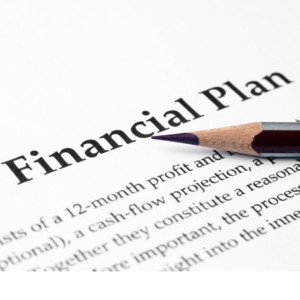5 Steps for Strategic Business Planning

If you haven’t, perhaps now is the time. You strategic plan is organic. It’ll change, likely before you’ve implemented it from beginning to end. And that’s okay. Your strategic plan isn’t meant to be a one-time creation to put on a shelf and forget. Rather it’s a document that you’ll use to create goals, determine how you’ll implement your goals and measure your progress.
Today, I’m going to share with you the steps I follow for my strategic plan. Keep in mind, my way isn’t the only way. It’s just what works for me.
Step 1: Be consistent

Step 2: Review Your Business Plan
The business plan is a bird’s eye view of what you plan for your business. Think of it as a roadmap for your business. Prior to starting your business, it’s good to have one on hand. If you’re looking for funding, it’ll likely be required by the grantor. Many entrepreneurs write a business plan, stick it on a shelf, and forget it. Writing a business plan can be a lot of work. Consider taking that work and benefitting from it through out the months and years.

I’m going to be honest though. When planning for the next year, I tend to save addressing the business plan until I’m done with all my other planning. Why? I tend to go delve pretty deep in a couple of areas. That is, I like to get pretty detailed with the marketing plan and financial projections. Exploring other areas first, allows me to summarize the areas in my business plan better. Keep in mind, a business plan isn’t the strategic business plan. Rather, it’s more of a summary.
Step 3: Develop milestones and Goals

Once I identify my focus areas, I use S.M.A.R.T. Goals and summarize them in my business plan. Then I break down my goals to include milestones. Since my iPhone is an extension of my brain, I set milestones as reminders and sometimes in my calendar, if I know I’m going to need to block time to get things done, have specific launch dates, or have appointments to keep. Milestones are great, because it helps determine if I’m staying on schedule, need to make adjustments to get back on track, or plan for delays.
Step 4: Develop a Marketing Plan

Again… I use S.M.A.R.T. Goal Setting. Since my marketing plan tends to be quite in depth, I summarize it in my business plan with a note to refer to the full marketing plan, which can be added as an Appendix, for those who like to keep everything together. Since I print my entire strategy, it ends up in the 3-ring binder.
Step 5: Create a Budget

If you’re looking for investors, lending, or other external support, you’ll want to include a good set of financial projects in your business plan. Since we’re focusing on a strategic plan, which is a bit different from a business plan, I like to summarize this area in my business plan then add the full printed projects as an appendix in my 3-ring strategic binder.
Final Thoughts
I’m big into digital sources. Typically, I will jot notes in digital formats and come back to it whenever. For my business strategy… no way. I’m sacrificing trees. Let this be the time you print out your work. Don’t let it get lost in digital folders. I keep mine in a 3-ring binder, so it’s easily accessible.[fusion_separator style_type=”shadow” hide_on_mobile=”small-visibility,medium-visibility,large-visibility” class=”” id=”” sep_color=”” top_margin=”” bottom_margin=”” border_size=”” icon=”” icon_circle=”” icon_circle_color=”” width=”” alignment=”center”][/fusion_separator]







